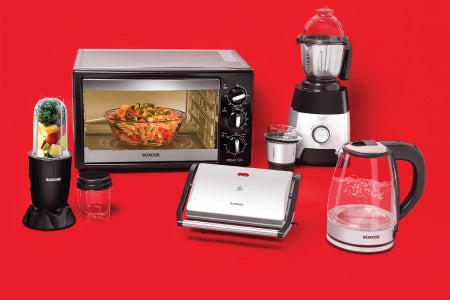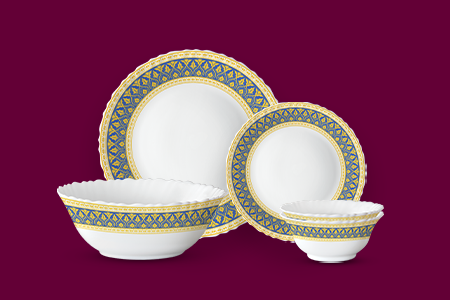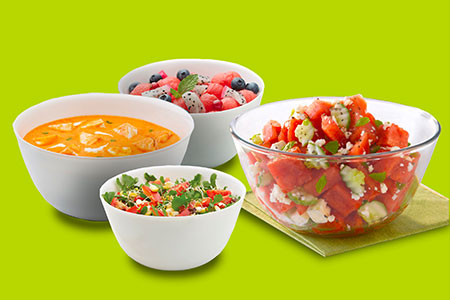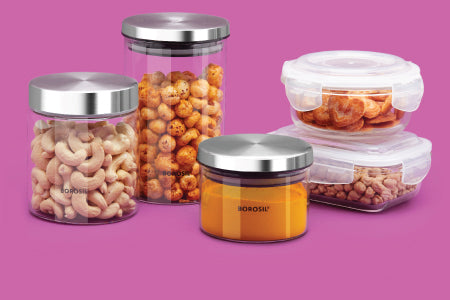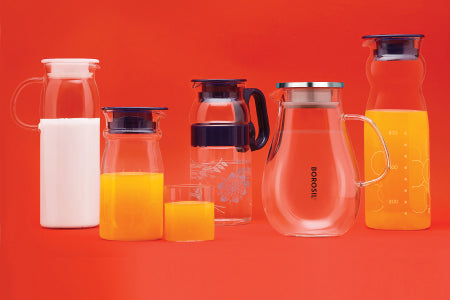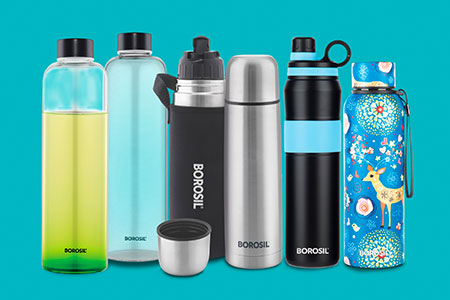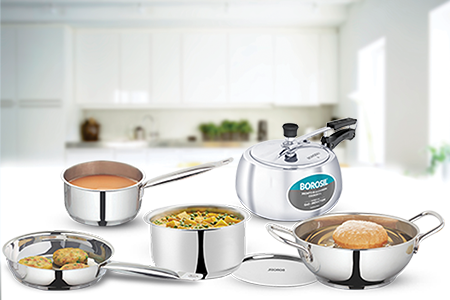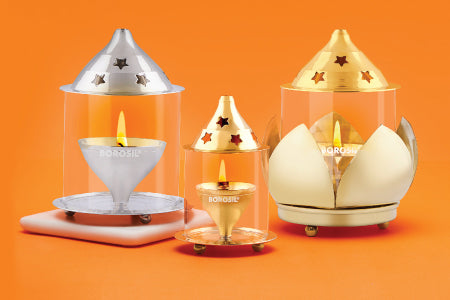
Guide On How To Clean Non Stick Pan
Say Goodbye to Stubborn Stains: Easy Ways to Clean Your Non-Stick Pan
Ever wondered how to keep your non-stick pan sparkling clean without damaging it? Well, fret not! Many of us love the convenience of non-stick cookware but worry about keeping it in tip-top shape. Non-stick pans are great for cooking with less oil and easy cleanup, but improper cleaning can wear down their coating over time. The secret lies in using the right cleaning methods.
In this blog, we'll dive into various ways to clean non-stick pans using simple kitchen staples. Whether it's daily upkeep or tackling tough stains, these methods will not only preserve but also enhance your pan's performance. So, let's get started—because a well-maintained pan means smoother, healthier cooking every time.
Preserve Your Pans: How to Clean Non-Stick Cookware
Whether you are making paneer tikka or preparing fried rice, keeping a non-stick pan clean and hygienic can sometimes be challenging. However, with a few kitchen ingredients and effective methods, you can extend the lifespan of the non-stick coating. Below is a detailed guide on how to clean non-stick pots and pans.
Cleaning with Salt and Oil
Concerned about how do you clean a nonstick pan with stubborn, burnt residue? Embrace the traditional method of salt and oil cleaning. Salt acts as an excellent abrasive, gentle, yet effective in removing all types of residue and stains.
Method:
1. Heat the non-stick pan on low heat and put an ample quantity of kosher or sea salt over the surface of the pan.
2. Use a paper towel or a delicate cloth and scrub the salt on the texture of the non-stick coating in circular motions to break down the stubborn residues.
3. Further, pour a few drops of oil and continue to scrub. It will effectively lift up the remaining residue and preserve the non-stick properties of the cookware.
4. Clean the tawa with a clean paper towel or soft cloth and remove all the residue.
5. If needed, you can rinse the pan with warm water and air dry it before utilising it again or storing it.
Everyday Cleaning
If you use a non-stick pan for all your cooking needs, then cleaning it with a mild detergent and warm water solution can help preserve its non-stick properties and coating for several years.
Method:
1. Before starting the cleaning process, ensure that the pan is not hot. Hot pans during washing are prone to warping and damage.
2. Take a wooden or silicone spatula to gently scrape off food particles from the surface of the pan.
3. Wash your pan with warm water and spray an adequate amount of mild detergent over the exterior of your pan.
4. Gently scrub the surface using a soft sponge to clean the pan. Do not use stiff scrubbers or metal cleaners to prevent scratches on the non-stick coating.
5. Rinse the pan thoroughly with warm water to pull out all the residue of detergent and food particles. Completely dry the pan with a soft cloth to prevent rusting and bacterial growth.
Pro Tip: To remove stubborn stains or residue from the pan, soak your pan in warm water and detergent solution for 20 minutes to break down the residue before cleaning it.
Baking Soda and Vinegar
Need to know how to clean a non-stick pan that's greasy with oil and food? Use baking soda and vinegar to remove all stubborn stains and residues effectively.
Method:
1. Ensure the pan you want to clean is not hot, and remove all the food particles using a wooden or silicone spatula.
2. Spray a sufficient quantity of baking soda on the exterior of the pan.
3. Put a small quantity of white vinegar on the surface of the pan. Allow the mixture to bubble and fizzle on the surface. It will lift up the residues and remove greasiness from the non-stick coating.
4. Let the solution rest on the pan for 15 minutes.
5. Take a soft sponge and gently rub the mixture on the non-stick coating in circular motions.
6. Once all the residue is cleaned, wash the pan with warm water and dry it to prevent bacterial growth.
Common Mistakes to Avoid When Learning How to Wash a Tawa Pan
1. Exposing the pan to high heat can potentially harm it. Avoid placing it on a high flame to burn off food particles, as this can damage the non-stick coating.
2. Avoid using metal utensils on the surface of a non-stick pan. Wooden, plastic, and silicone utensils are preferable as they preserve the non-stick properties.
3. When learning how to clean a non-stick skillet, timing is crucial. Soaking the tawa in a detergent and water solution for too long can weaken the non-stick coating. 15 minutes is adequate to clean the tawa effectively.
4. When stacking cookware with a non-stick pan, always place a paper towel or soft cloth between them to prevent potential damage.
5. Opt for mild dish soap or detergents, as harsh chemicals can gradually degrade the non-stick coating of the pan.
Bottom Line
To maintain the pristine condition of your non-stick pan, you need to know how to clean non stick pan effectively. Whether you prefer to cook on special occasions or it's a part of your daily routine, the methods provided above will ensure your cookware remains effective and durable. Regular cleaning using gentle detergents, avoiding metal utensils, and employing vinegar for tough stains are essential practices. So follow these methods and enjoy a clean and hygienic non-stick pan for all your culinary experiments.
FAQs
Can I use high heat with a non-stick pan?
Non-stick pans are typically designed for low to medium heat. Using high heat can cause the non-stick coating to deteriorate faster.
Should I season my non-stick pan?
Non-stick pans do not require seasoning. The non-stick coating is already applied during manufacturing to prevent food from sticking.
Can I use bleach to clean a non-stick pan?
No, bleach can damage the non-stick coating and is not recommended for cleaning your non-stick pans.


